by Herman T. Voelkner
England’s survival hung in the balance. She had only recently clashed with an imposing Continental alliance, in a futile war characterized by unprecedented slaughter on obscure fields in Flanders. Now the treaty thought to have settled that conflict stood revealed as nothing more than a cynical armistice in an ongoing crisis. Scarcely was the ink dry on its parchment than new foes began to arise.
At this dark hour a man stepped forward to rally his nation and lead them to victory. When John Churchill began the military campaign of 1702 that would make him famous, it marked the capstone of a career already defined by great causes and controversies. His father, Winston, was a scholar who had left Oxford and served with distinction in the Royalist legions of Charles I. A loser in that struggle, wounded several times, he was awarded a knighthood by Charles II during the Restoration, when the monarchy replaced Oliver Cromwell’s Puritan dictatorship. The dedication and gallantry of Churchill caused the grateful sovereign to give his son a position as a page in the court of the Duke of York, who was next in line for the throne and also Lord High Admiral. (It did not hurt John’s prospects that his sister, Arabella, was a favored mistress of the Duke.)
Churchill Begins His Naval Career
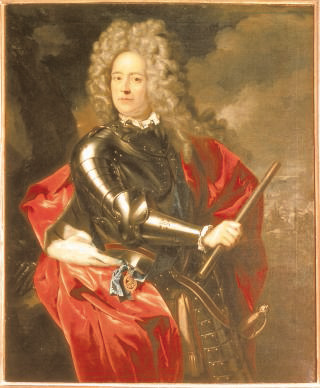
was a direct ancestor to England’s Prime Minister Winston Churchill.
Churchill, descended on his mother’s side from Sir Francis Drake, soon embarked on a naval career. He served as a marine officer in the Mediterranean and in the Anglo-Dutch Wars in the siege of Maastricht. When the Anglo-Dutch struggle ended in 1674, Churchill returned to private life, and married Sarah Jennings, who proved not merely a steadfast wife but also a staunch defender of her husband in the salons of London. By 1682 Churchill was a colonel, and he subsequently was posted abroad to Spain and then to the Dutch provinces. Firsthand knowledge of these nations would one day serve him in good stead.
The fuse that would sunder Europe and raise Churchill to commanding heights was lit when Charles II neared death. The Restoration king had no legitimate issue. The heir to the throne, Churchill’s erstwhile employer, the Duke of York, waited patiently to receive the mantle. But the duke had become a Catholic, yielding his post as Lord High Admiral rather than yield his newfound faith. The English nobility was aghast at the thought that the new king might install Catholic absolutism throughout his kingdom. The usual byzantine matrimonial politics were employed, and the duke’s daughter Mary was hurriedly married off to the Protestant William of Orange in Holland. There was now an alternative line of succession and a Protestant insurance policy against the dreaded rule of Rome.
Hysteria Over the “Popish Plot”
Hysteria reigned over an alleged “Popish plot” between France and the Duke of York to assassinate Charles II, bring about a French invasion, and massacre English Protestants. The English response was a preemptive pogrom. While innocent Catholics marched to their deaths, the Duke of York took his ailing brother’s advice and swiftly decamped to the Low Countries. With his departure and the diminished prospect of a Papist dynasty in England, the religious troubles subsided for a time.
While England was inwardly attuned to its travails and absorbed with its overseas colonies in the New World, Louis XIV became more aggressive internationally. The French were interested in expanding into the Rhineland, provoking an alignment of German princes against them. It was against this backdrop that Charles II of England finally succumbed to dissipation at the age of 56. There to attend him was the freshly returned Duke of York—well advanced in his own dissipations—who now began his reign as James II. Old fears were soon rekindled. English Protestants saw the new sovereign’s pleas for toleration as a weak facade for an upcoming Catholic coup.
Family Rebellions
The first rebellion came when Charles II’s bastard son, Monmouth, tried to gain his father’s crown. Failure came quickly to his modest force and heads rolled in profusion. Critical of his own soldiers’ conduct in the fray, James determined to create a large standing army, a concept that was anathema to Parliament. Its members strongly disagreed, and James in turn suspended Parliament and set about creating his personal army and staffing it with Catholic officers and Irish immigrants. It seemed obvious to many that the king meant to impose a Catholic dictatorship.
Panicky envoys began arriving at the Dutch court of William and Mary in 1688, and the winds of English pleading bore William across the channel at the head of his army. He invaded England that same year. In doing so, he presented Churchill with a dilemma. Churchill hitherto had profited from the elevation of his former employer. James II had raised him to the peerage, and Lord Churchill had distinguished himself militarily in his service, particularly against the overreaching Monmouth. But Churchill grew disenchanted with the king’s vacillation and the prospect of a countrywide bloodletting. Parts of James’s command were already starting to desert him, and Churchill, now a lieutenant general, took horse as well, leaving James’ camp and justifying his desertion as “the inviolable dictates of my conscience.” With him went most of the remaining army. James II, beset by defections (and chronic nosebleeds) soon fled to the continent once more, this time to find succor in France in the ranks of Louis XIV.
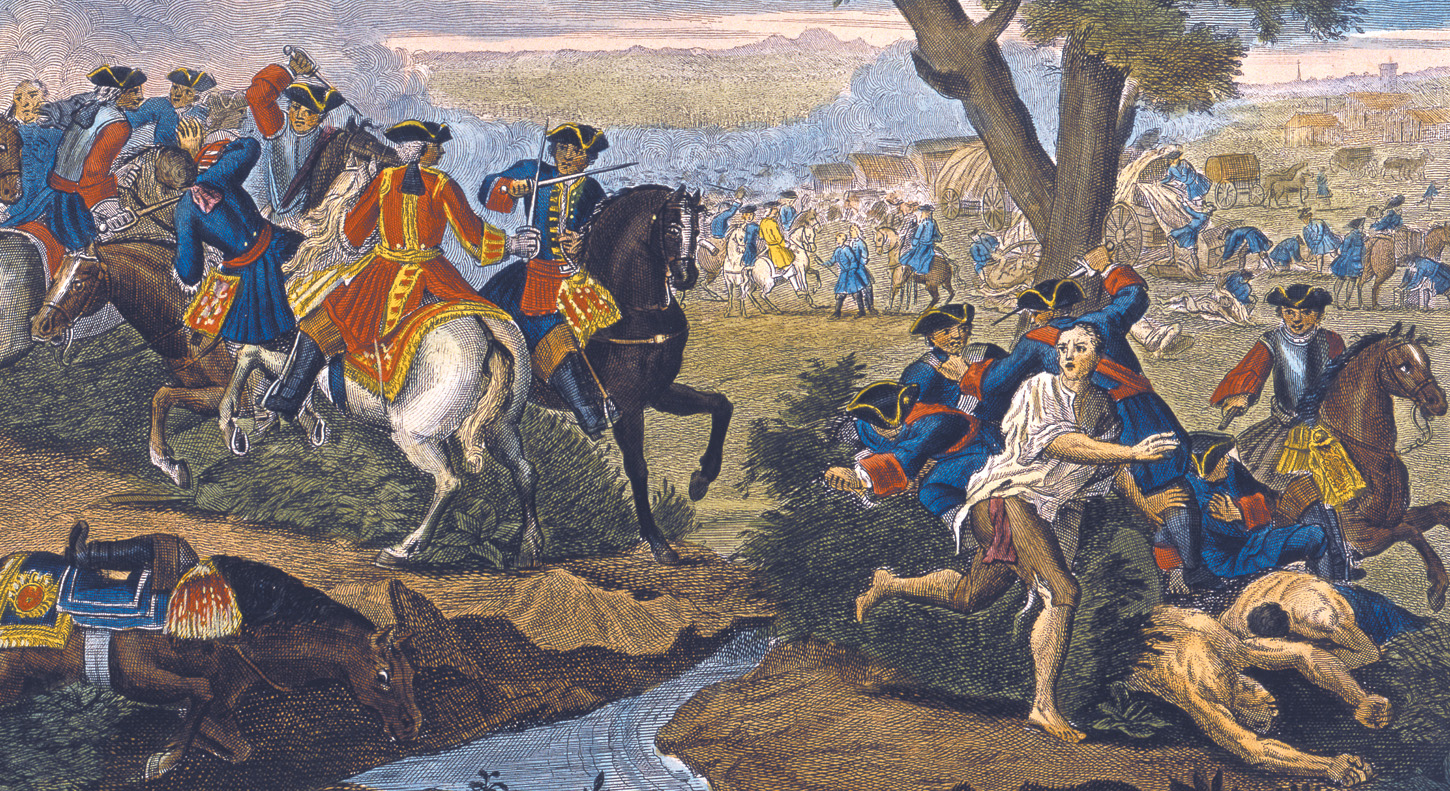
The So-Called “Grand Alliance”
The new king of England, William III, was a difficult and unhappy sovereign, beset with perpetual poor health and trapped in a loveless arranged marriage. He cared little for the English and thought them inferior to his Dutch countrymen. The English court amply reciprocated his antipathy. But William had one redeeming feature—he despised the French. Upon assuming power his first step had been to throw out the French ambassador. He now saw further opportunity on the horizon. An alliance had begun coalescing when German princes banded together in the League of Augsburg—the so-called “Grand Alliance”—to resist France’s designs along the Rhine. It gained momentum when Spain, Sweden, and the United (Dutch) Provinces joined in. When France invaded the Rhineland, the new English king lost no time in entering the War of the Grand Alliance.
A quarter century of warfare now loomed for Europe, but at the beginning of the conflict Churchill was far away in Canada. He had been created Earl of Marlborough in 1689 for his support of King William, but the king still did not entirely trust him and sent him to be governor of the Hudson’s Bay Colony. Meanwhile, the bloodshed in Europe continued apace. The first military campaigns occurred in the Spanish Netherlands (present-day Belgium), and the French were victorious. At the same time James II landed in Ireland with a contingent of French troops. William hastened to meet him, and while he was distracted France won a major naval victory over England and Holland at Beachy Head.
Fortune Continues to Shine on the French
Louis XIV now controlled the Channel, a necessary prelude to any invasion of England. with William and his 26,000 soldiers isolated in Ireland, it seemed that Louis had no barrier to following in the footsteps of the all-conquering Normans of 1066. But while Louis focused temporarily on the German principalities, the English regained control of the Channel. When Louis finally turned his attention back in their direction in 1692, his fleet was destroyed in the naval battle of Cape La Hougue. James II, who was there with his French protectors, watched his hope of regaining his crown sink conclusively beneath the waves.
Marlborough, as Churchill was now titled, had returned from his banishment to Canada—only to be accused of high treason and imprisoned in the Tower of London. He had fallen victim to intrigue in the royal court, specifically to a falling out between Queen Mary and her sister Anne. The Churchills had sided with Anne in the bitter familial struggle. Between exile and prison, Marlborough went with William to Europe and led England’s army in several battles. Fortune, however, continued to shine on the French. At the Battle of Landen, the first of the great slaughterhouse battlefields of northern Europe, the French drove William’s army from the field. Louis’s commanders lost 9,000 men to the Allies’ 19,000, but the French failed to follow up their costly victory. The English were routed, but William managed to save the remnants of his army. The war dragged on for two more years before the Treaty of Ryswick put an end to the fighting.
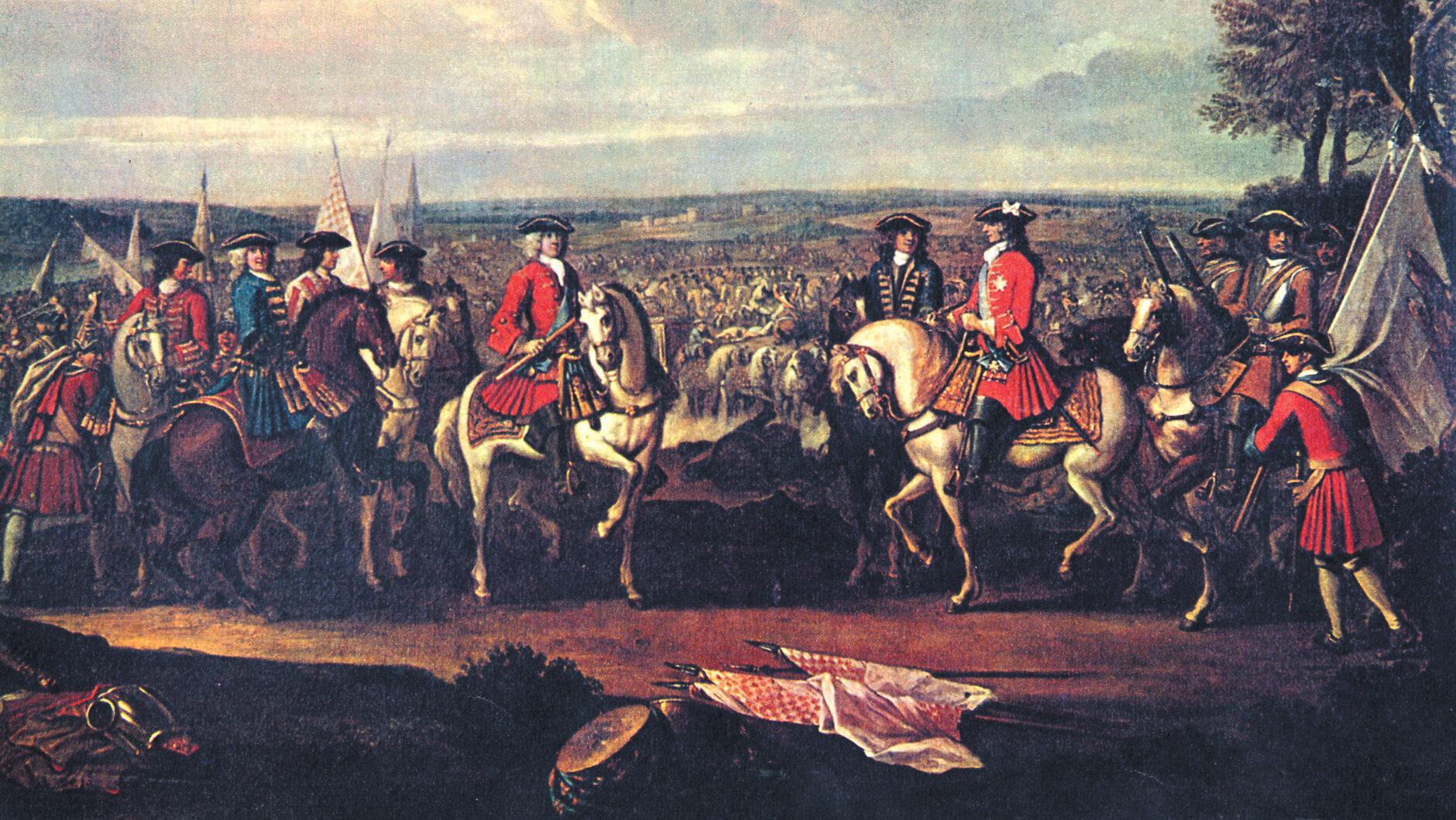
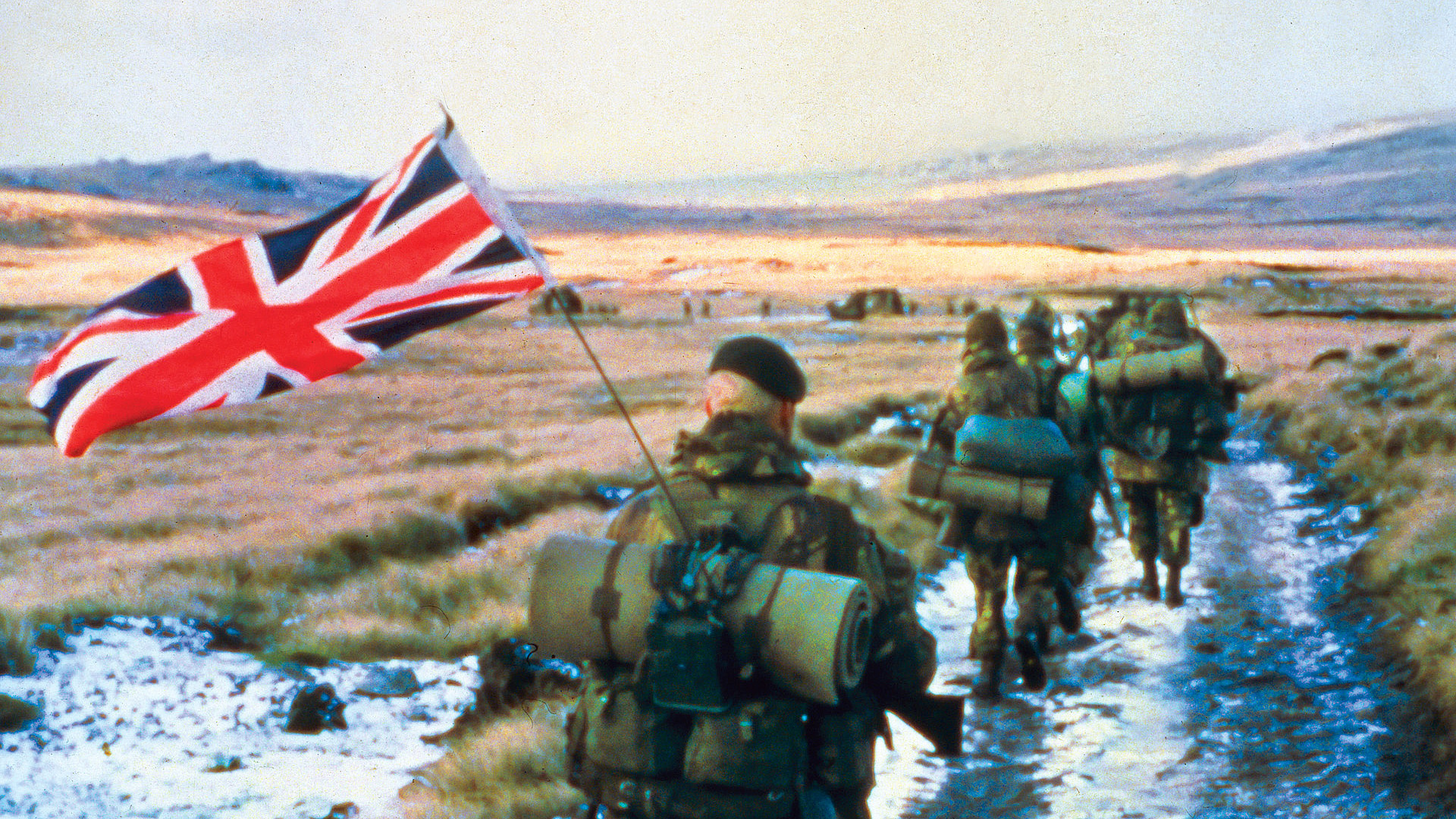
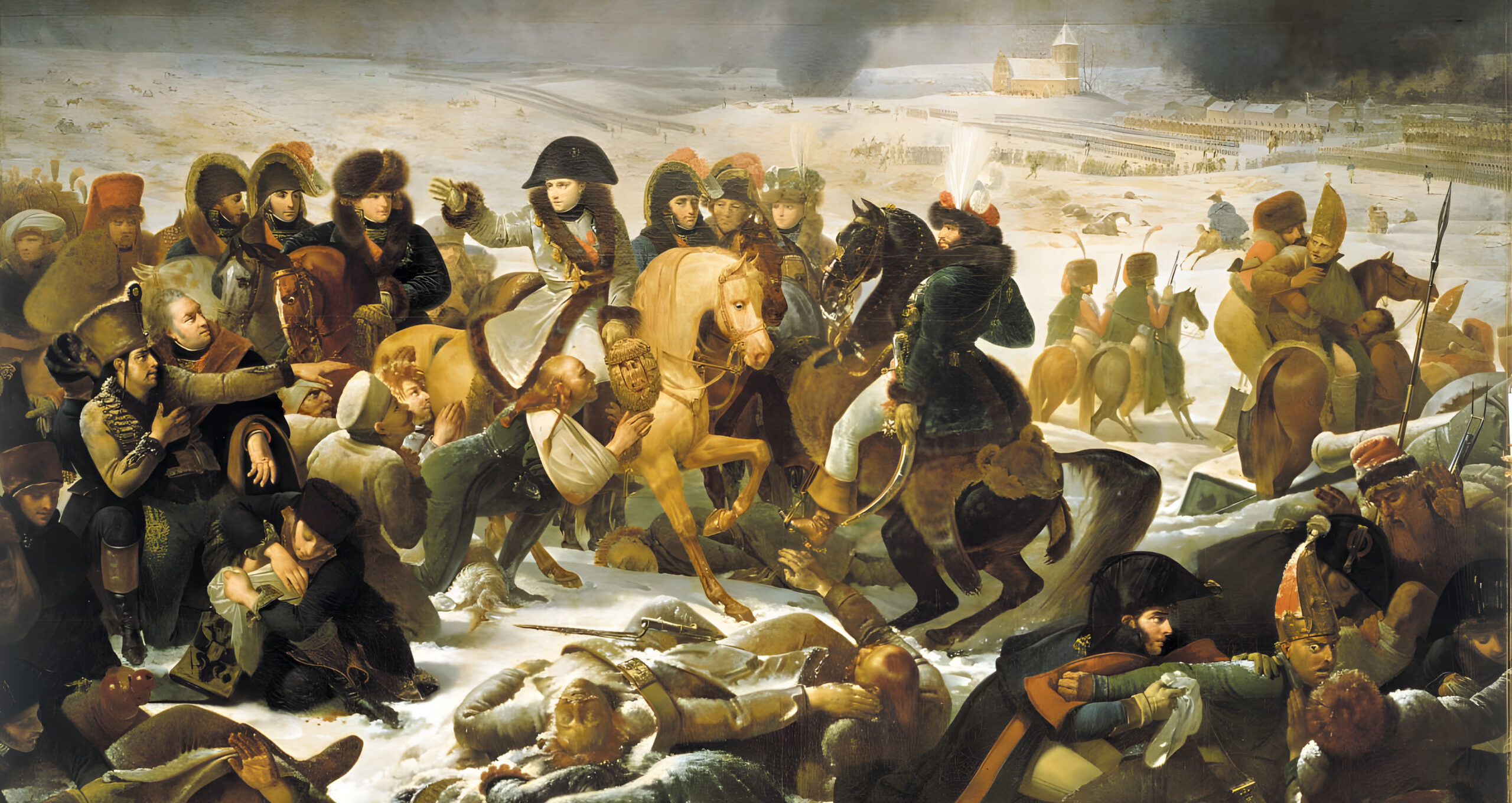

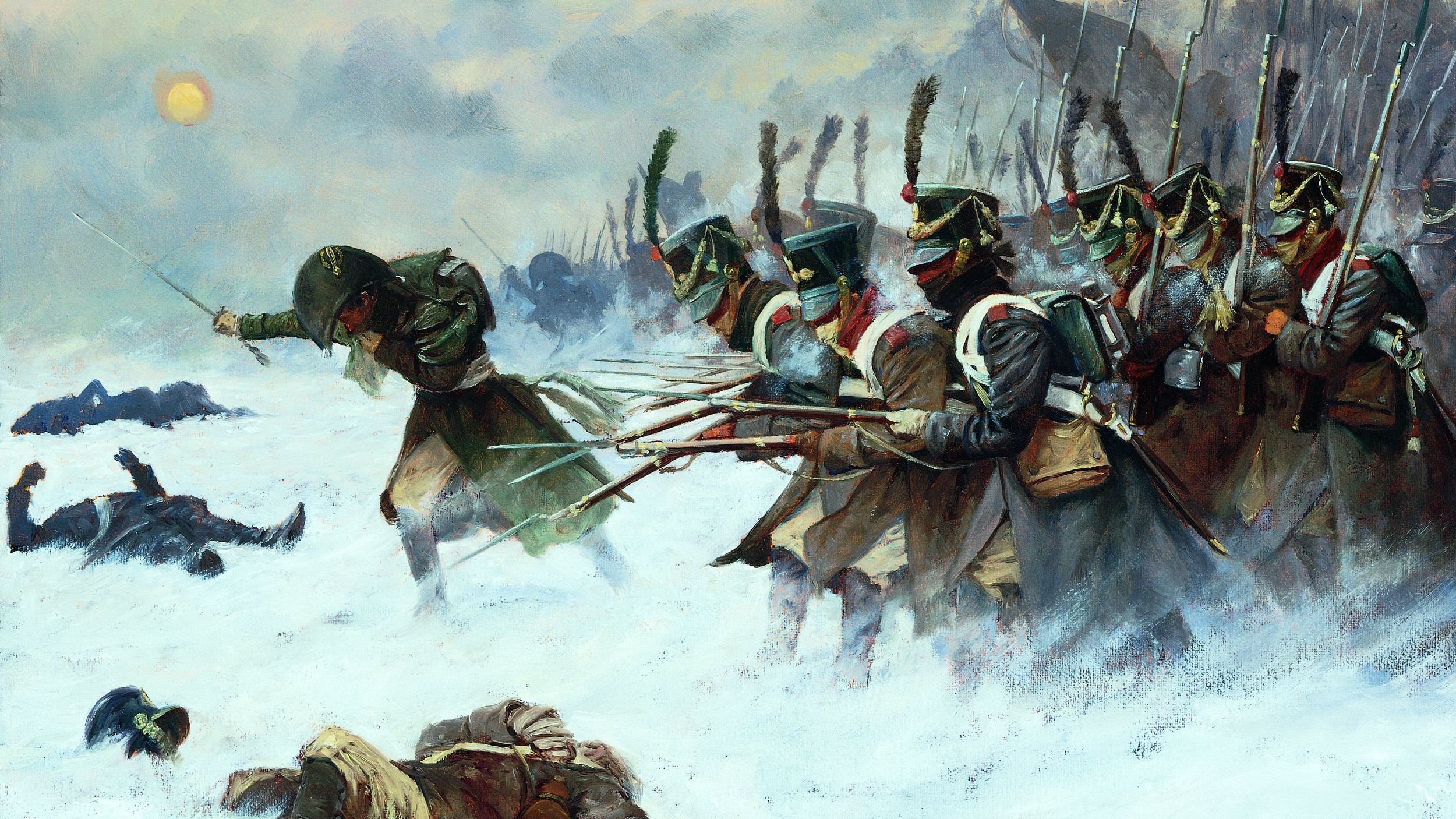
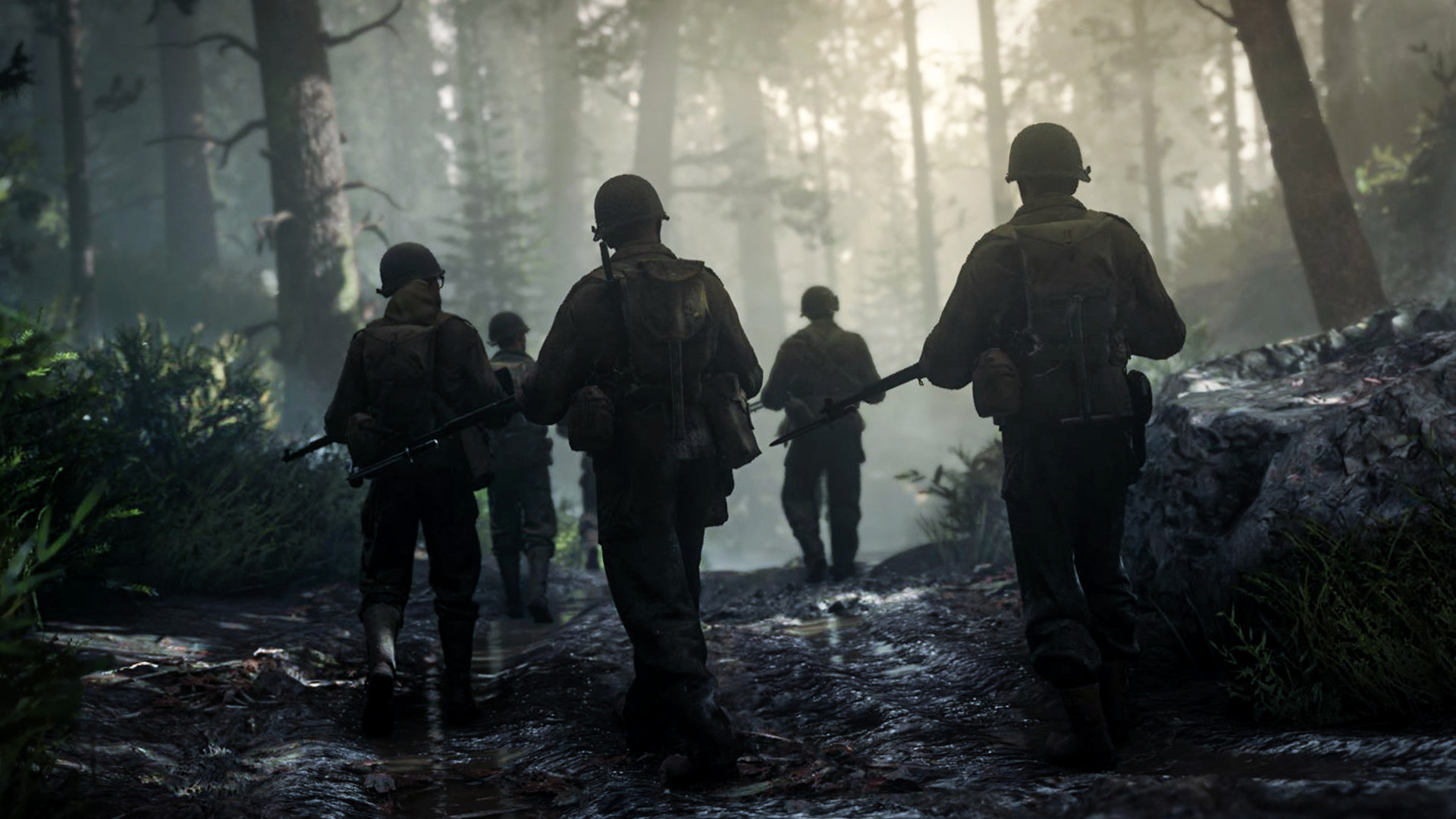
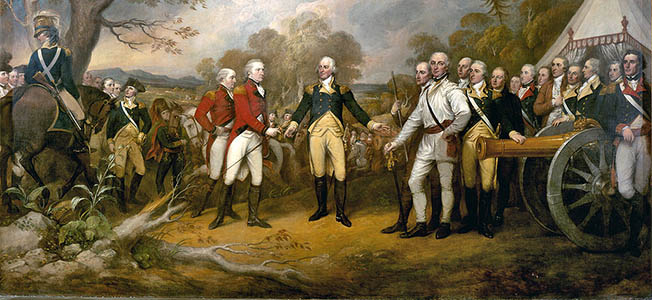
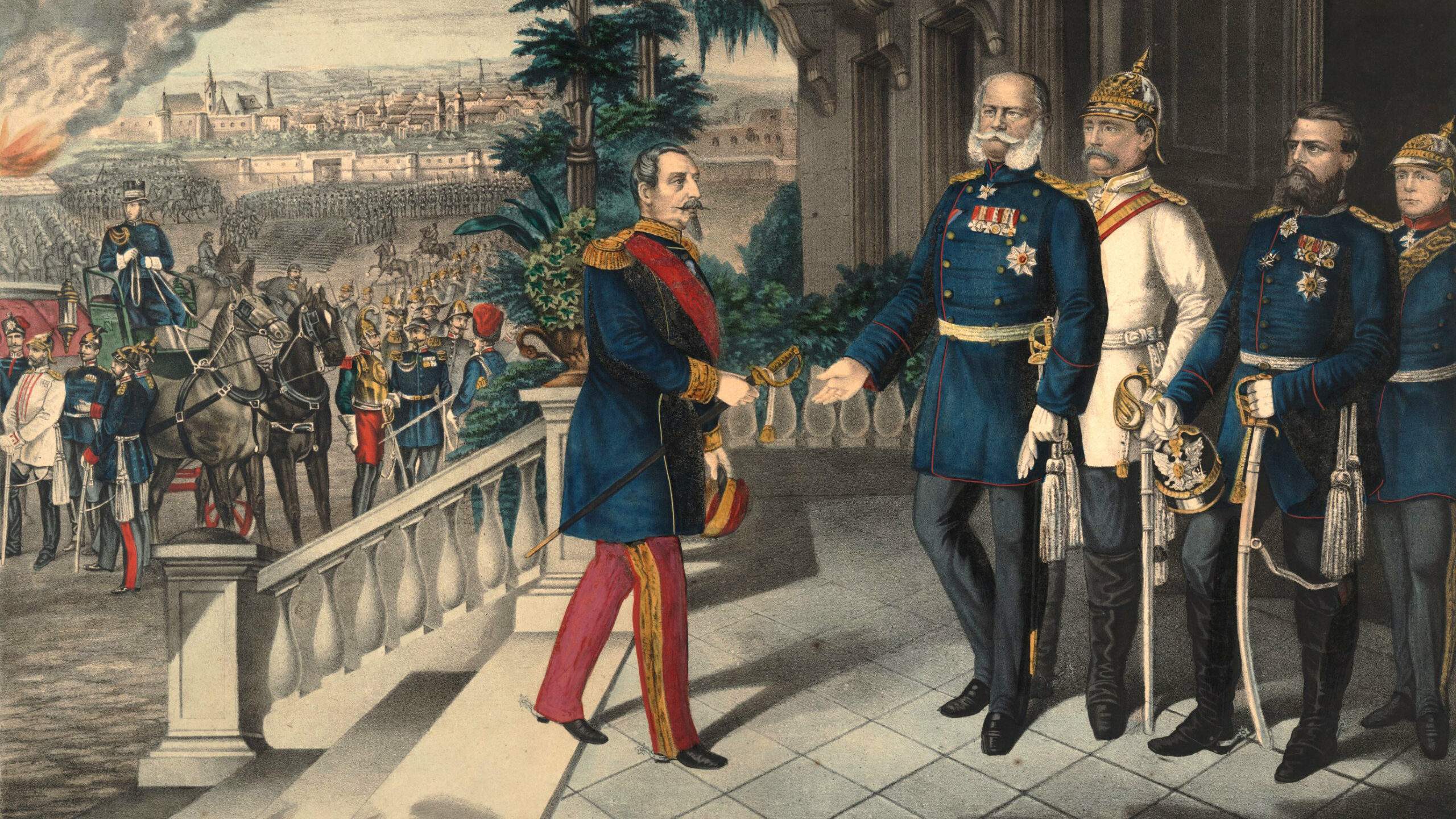
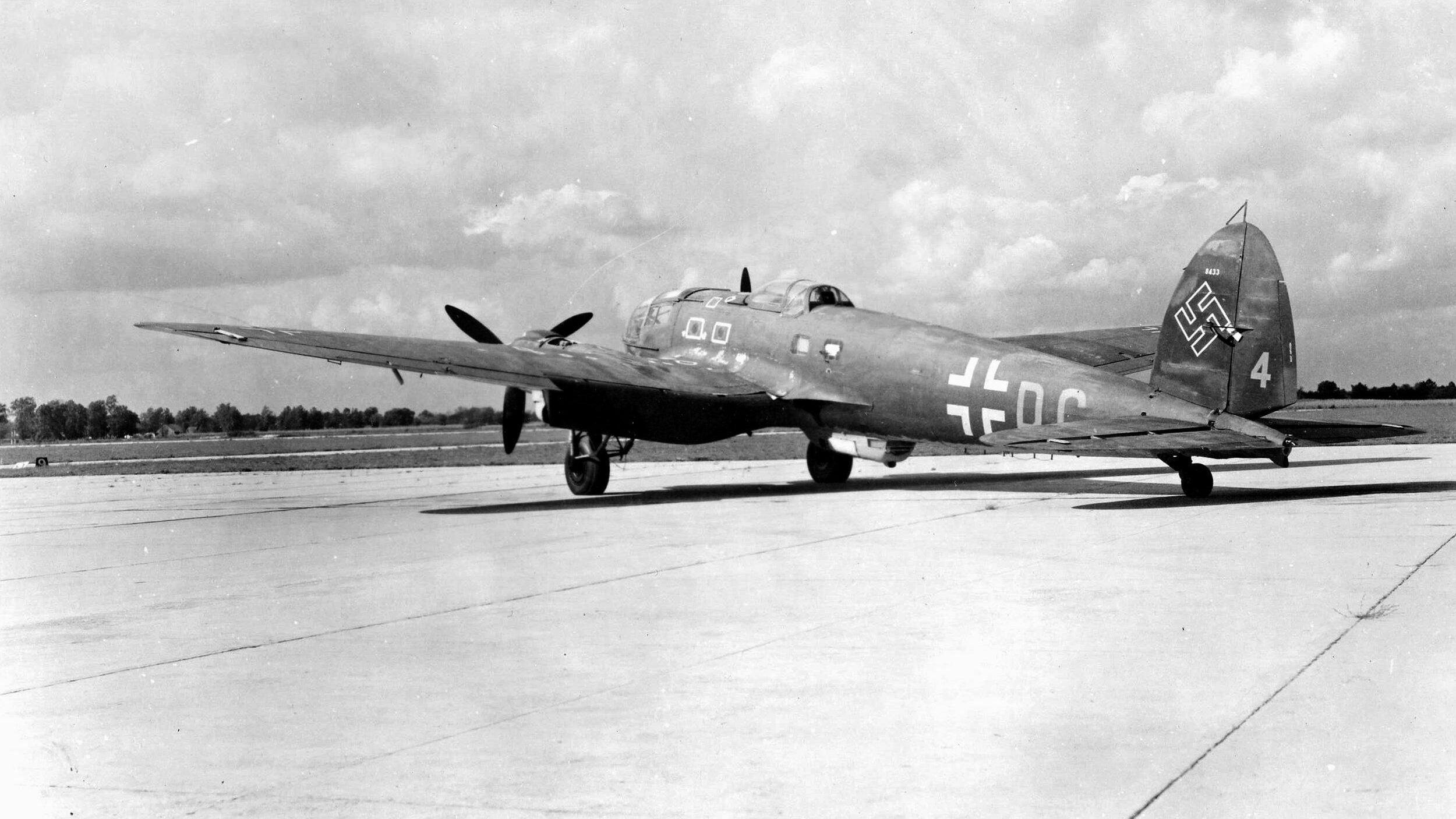
Join The Conversation
Comments
View All Comments